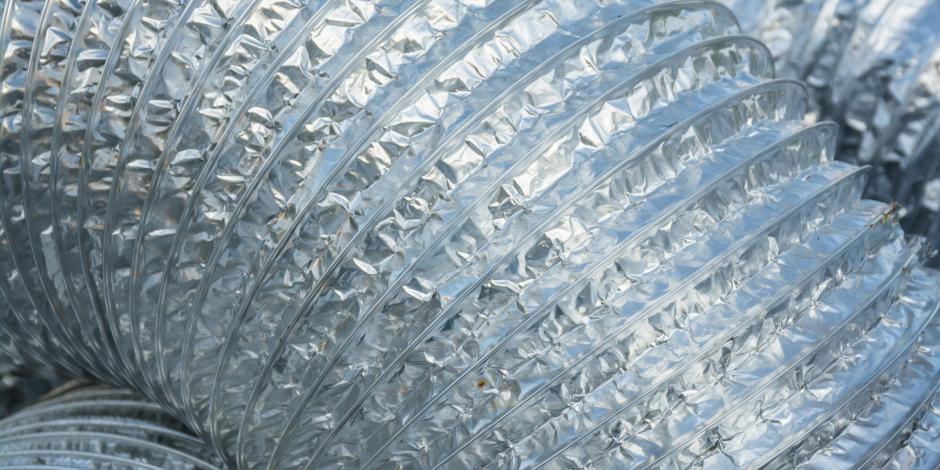
Sweaty ductwork in your home will decrease the efficiency of your heating and cooling systems and create opportunities for mold and mildew growth on ceilings and walls, and in your attic, basement or crawlspace. Mold and mildew are not just unsightly and smelly, they’re also structurally detrimental to your home and extremely hazardous to your health.
For these reasons, you’ll want to ensure you do not have sweaty ductwork, and if you do, that you take steps to alleviate the sweating from your Lawton, Oklahoma home as soon as possible.
Why Do Ducts Sweat?
There are essentially two reasons by ductwork sweats: poorly insulated or uninsulated ducts and humid air coming in contact with cool ductwork.
Poor Insulation
If your ductwork isn’t well insulated, then it will be the temperature of the air passing through it, so when your air conditioning is on, cool air makes the metal ductwork cold. When warm, moisture-laden air comes in contact with the cool surface of your ducts, condensation forms. The condensed water droplets are now ready to do their worst, wreaking havoc on ceilings, drywall and anything else in the area including insulation, which becomes compressed and loses its ability to insulate. If your ductwork was installed prior to 2009, it is probably not up to code, which states: “Ducts must be insulated to R-5 when located within the building envelope and R-8 outside of it, as well as sealed to low, medium or high pressure specifications.” Under-insulated ducts result in comfort problems and wasted energy since your system will have to run longer to cool the living space.
Excess Moisture in the Air
If your ducts are cold but come into contact with only dry air, then there’s no condensation problem. The problem arises when humid air comes in from the outdoors and/or the humidity is not ameliorated with a dehumidifier.
3 Steps to Stop the Sweats
Eliminating the opportunity for humid air to meet up with your ductwork will eliminate condensation and sweaty ducts. There are three steps you can take to ensure this happens.
1. Insulate
Metal ductwork has no insulating ability of its own. In fact, because metal is such a good heat conductor, it does the opposite, so the outside surface of your ductwork is exactly the same temperature of the air moving through it.
Insulating your ductwork to current code levels will keep it from conducting the warm or cool air flowing through. When the conditioned air meets the insulation, it stops there. If warm air now comes in contact with your ductwork, which will assume the same temperature as the air surrounding it, it is far less likely to condense.
2. Air Seal
Eliminating gaps and cracks in the walls around your ductwork will keep humidity under control. Air sealing fills those holes, keeping the humid air away from your ductwork (and the rest of your house) and greatly reducing the opportunity for condensation.
3. Dehumidify
A last step to ensure the air around your ductwork stays at low humidity levels is to install a dehumidifier, which is particularly helpful if your ductwork is in your attic or crawl space. A dehumidifier keeps the moisture in your home at healthy levels year-round, eliminating condensation on plumbing and ductwork, and improving indoor air quality.
Dry Ductwork is a Call Away
The specialists at Pippin Brothers are experts in humidity control and ductwork. We’ll apply our HVAC expertise to your home to find the best solutions to your ductwork issues. Our consultations take into consideration the unique conditions in your home to ensure the work we recommend is the work that improves your home comfort and performance for years to come.





